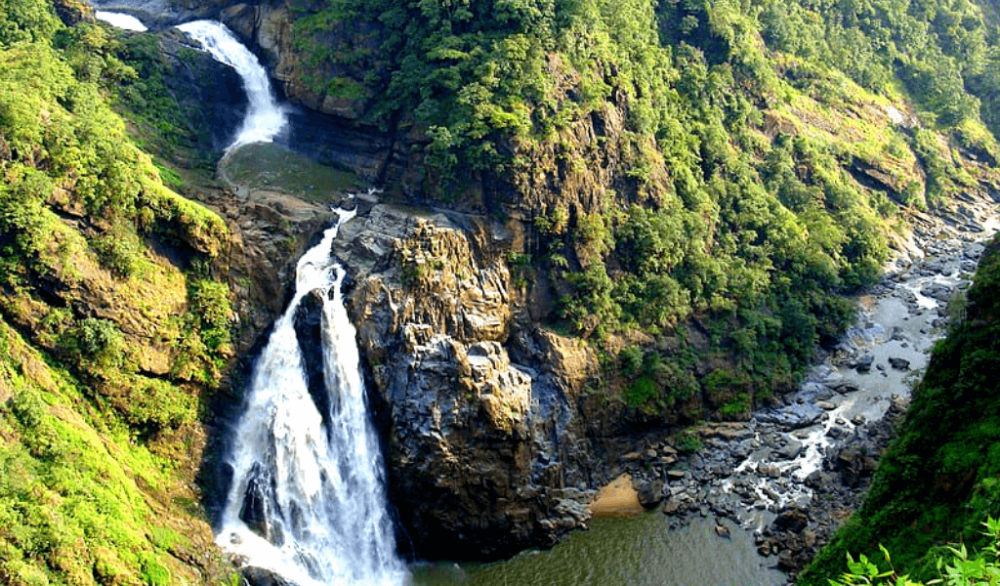

The state of Uttarakhand in India, often referred to as the "Land of the Gods" due to its numerous temples and pilgrimage centers, also holds in its embrace a natural wonder that beckons tourists from across the globe - the Vasudhara Falls. Situated near Badrinath in the Chamoli district, Vasudhara Falls is a majestic waterfall that falls from a height of approximately 400 feet. The site is renowned for its breathtaking beauty, serene environment, and mythological significance.
Tourism in the region of Chamoli, especially near religious sites like Badrinath, traces its roots back to ancient times when pilgrimages were an integral part of Hindu culture. Over the years, the influx of tourism has been greatly influenced by the char Dham Yatra—an important Hindu pilgrimage circuit in the Indian Himalayas which includes Badrinath. However, Vasudhara Falls began to gain prominence as a tourist destination in the latter part of the 20th century as more travelers started seeking natural retreats in addition to religious fulfillment.
Initially, only the more adventurous and spirited travelers would undertake the trek to visit the falls due to the lack of infrastructure. With the development of the region and improvements in connectivity, a more diverse array of tourists including trekking enthusiasts, nature lovers, and spirituality seekers have been able to visit this natural marvel with ease.
The falls are located around 6 kilometers from Mana village, which is the last inhabited village before the Mana Pass and is close to the Indo-Tibet border. The charm of Vasudhara Falls is not only in the beauty of its cascading waters but also in the myths that surround it. One such belief is that the water of Vasudhara Falls turns away from visitors who are not pure of heart.
In addition to the falls, the area is encompassed by the captivating Himalayan mountain ranges, which adds to the ethereal experience. The journey to Vasudhara Falls includes passing through the Alaknanda Valley, offering travelers a chance to witness diverse flora and possibly spot some rare wildlife species.
In recent years, eco-friendly and sustainable tourism practices have become more popular in the region. There has been a concerted effort by both government agencies and private companies to ensure that tourism development does not harm the fragile Himalayan ecosystem. Along with maintaining the trails, emphasis has been placed on reducing plastic usage and promoting cleanliness drives to keep the area pristine.
Moreover, experiential travel has been on the rise, with tourists seeking activities that offer a deeper connection with the natural environment and local culture. Homestays in nearby villages like Mana have become popular, allowing visitors to immerse themselves in the local way of life.
The popularity of the region during the off-season has also increased as travelers look for less crowded times to visit. While the months from May to October are considered ideal for visiting Vasudhara Falls, some tourists are venturing during the shoulder seasons to experience the falls in a different setting, often enveloped in mist or partially frozen.
In conclusion, as a destination, Vasudhara Falls continues to attract a growing number of tourists each year, with the promise of a tranquil yet adventurous escape amidst the grandeur of the Himalayas.